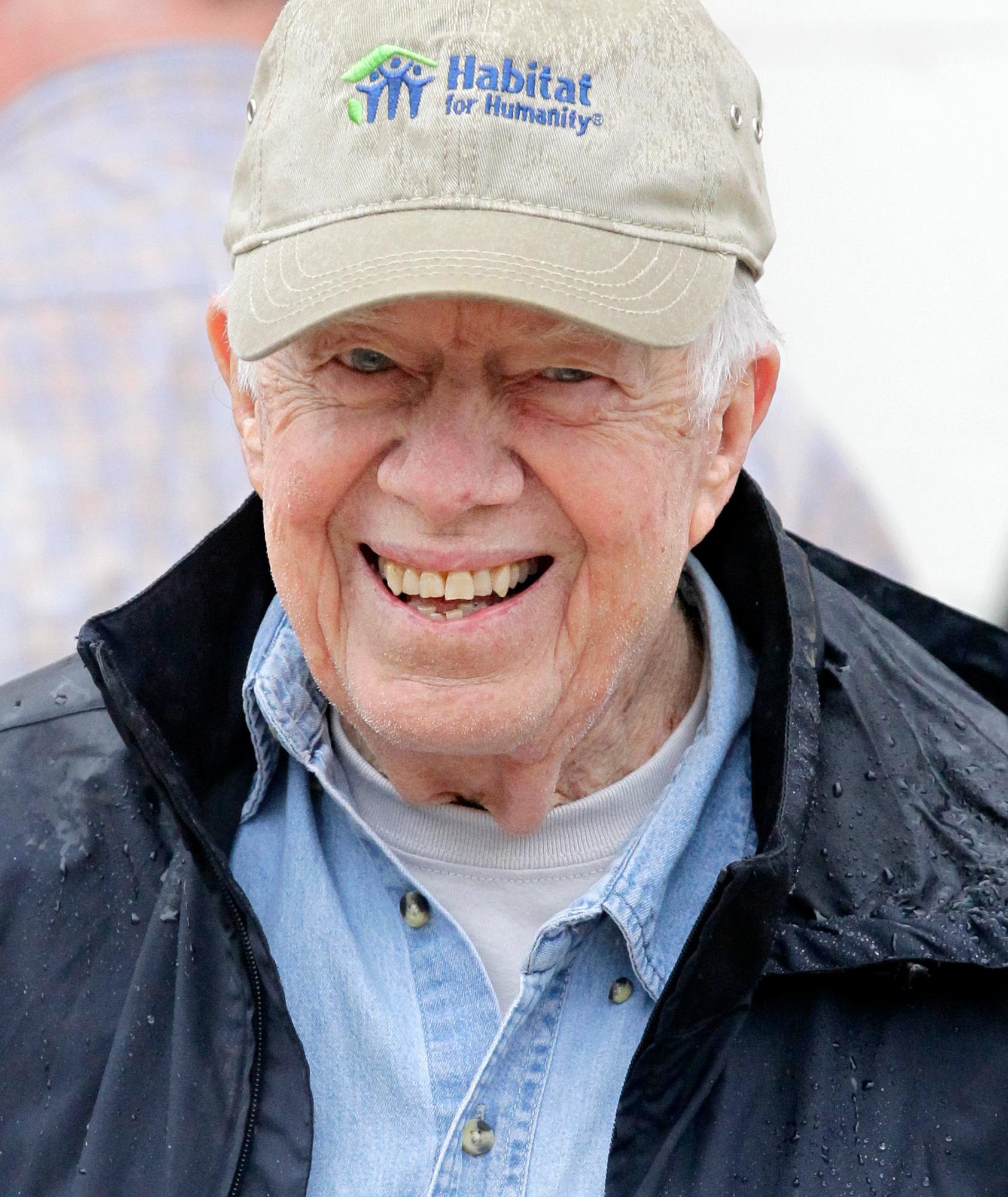In the more than forty years since Jimmy Carter left the White House, much of his time was spent contributing to various humanitarian causes.
Many credit he and his wife, Rosalyn, with garnering a swell of national attention for the organization Habitat for Humanity, which builds and renovates homes for low-income or disadvantaged families, or those recently displaced by natural disasters.
That’s particularly the case for coastal Mississippi, which was devastated by storm surge and high winds, displacing approximately 66,000 statewide – a majority of them Gulf Coast residents.
Merrill McKewen, executive director of Habitat for Humanity Mississippi Capital Area, says Carter’s visit helped direct more attention to the recovery process of the coast than existed prior. That alone helped focus efforts to those impacted in coastal Mississippi, in an aftermath viewed now, nearly twenty years later, as both calamitous and spread thin.
“Any time President Carter showed up, people paid attention. The coast was getting a tremendous amount of coverage, perhaps not quite as much as New Orleans, but the work that was being done was in Bay Waveland, which was decimated; there was just nothing,” she told MPB News.
“Mississippi capital area was the only remaining Habitat between here and the Mississippi Gulf Coast, it got great play in the media when President Carter came to lend a hand. And it was a real shot in the arm for people to understand the work that was going on in Mississippi, and in Bay Waveland.”
Communities along the western end of Mississippi’s share of the Gulf Coast were impacted the most severely. A near-record storm surge produced a high water mark of just under 28 feet in the fishing town of Pass Christian, reaching 12 miles inland and carrying with it what first responders and residents alike described as a ‘wall’ of debris.
In those same communities, many historic fishing ports structured almost entirely around the seafood industry, working class neighborhoods were essentially destroyed.
In stepped Habitat for Humanity and Jimmy Carter to help begin the long, still-unfolding process of recovery.
“The housing for the working folks was gone. There was nothing between the beach and the railroad track, so everything had to be built back, and people needed to come back to the area to rebuild. They needed housing, so it was crucial,” McKewen said. “And this affiliate launched what eventually became the Bay Waveland affiliate, which is now a stand alone Habitat for Humanity affiliate.”
The annual Jimmy & Rosalyn Carter Work Project, now part of Habitat’s own work, helped move 250 families back into their homes along the stretch of the Gulf Coast impacted by Katrina.



